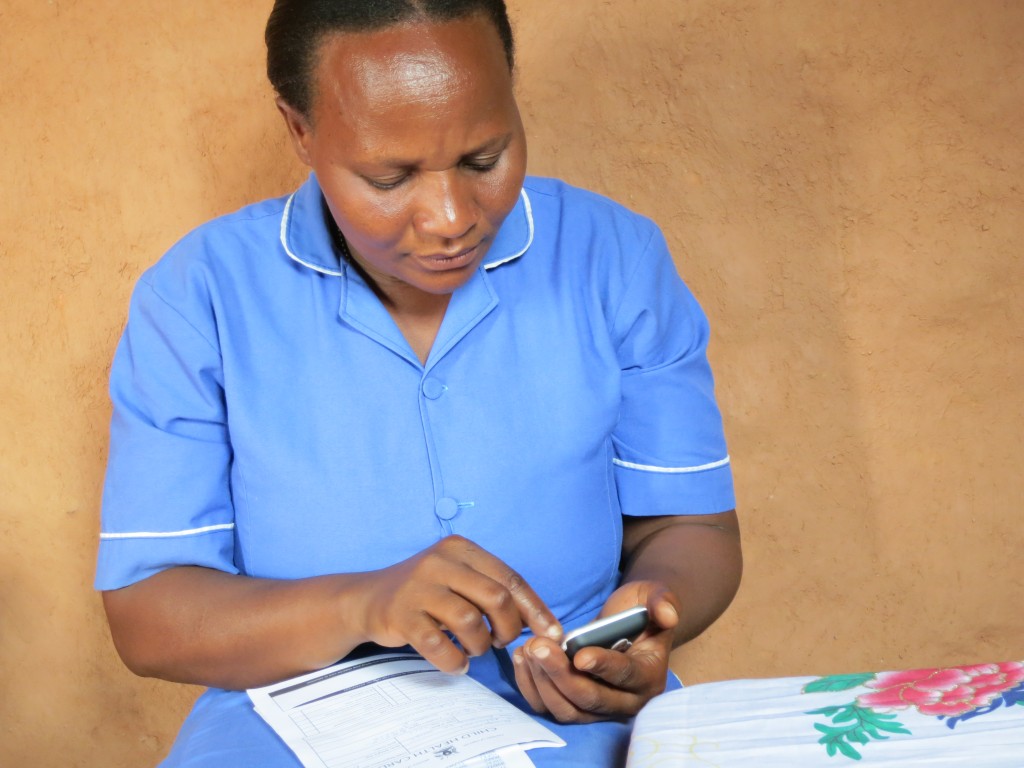Big Problems – Big Solutions: One Million CHWs and Living Goods at the Global Health & Innovation Conference
One of the most striking things about this year’s Global Health and Innovation Conference didn’t occur to me until after I’d left.
Halfway through the plane ride home, it struck me: “Most of the attendees looked like they were under 30.”
Since the event took place on a college campus, perhaps nobody thought twice about the youth of the crowd. But the more I thought about it, the more significant it seemed. Maybe I’m stereotyping, but it’s hard to imagine my generation (X) turning out by the hundreds on a spring weekend to wrestle with intractable social problems. In our 20s, it was cool not to care. Yet today’s young people seem not only passionate about tackling the world’s biggest problems, but confident that these problems can be solved.
After seeing all the innovative initiatives and businesses at the conference, I’m starting to think they might be right.
Sonia Ehrlich Sachs took the stage after her husband Jeffrey, the director of the Earth Institute at Columbia University. And though she’s not the practiced orator her husband is, she delivered an informative, persuasive speech. The director of health at the Earth Institute’s Millennium Villages Project, Ehrlich Sachs was there to promote a major initiative that the institute is helping oversee: the One Million Community Health Workers Campaign.
The initiative aims to accelerate the UN’s Millenium Development Goals in sub-Saharan Africa by rapidly initiating and scaling up community health worker (CHW) programs in rural communities. Ehrlich Sachs described the rationale behind the campaign:
- Sub-Saharan Africa needs a large expansion of nurses and MDs to address its multiple health crises
- The evidence suggests that CHWs can impact child mortality rates at a lower cost and faster pace than more highly trained health professionals
- CHWs recruited and trained in rural communities will be more likely to actually practice their professions there
 But Ehrlich Sachs also emphasized that CHWs aren’t just “a patch for weak systems.” Instead, she said, “CHWs are the extension from the health system to the household that we all need. I’d like to have somebody in my neighborhood who knows me and what I need, rather than getting occasional appointments in a clinic with a doctor who doesn’t know my name or situation.” By providing local, contextual relationships with their clients, CHWs form an important connection between underserved communities and the broader health system.
But Ehrlich Sachs also emphasized that CHWs aren’t just “a patch for weak systems.” Instead, she said, “CHWs are the extension from the health system to the household that we all need. I’d like to have somebody in my neighborhood who knows me and what I need, rather than getting occasional appointments in a clinic with a doctor who doesn’t know my name or situation.” By providing local, contextual relationships with their clients, CHWs form an important connection between underserved communities and the broader health system.
And if successful, the campaign could create 1.2 million new jobs in rural communities where it’s very hard to create jobs. The only qualification for the job is literacy, and training involves three months in a classroom, then nine months supervised in the field. These new CHWs will be official, full-time ministry of health employees and members of their countries’ health systems, not stand-alone, informal workers. They’ll be salaried, not paid at the point of service, so they don’t have to depend on selling goods to their clients. For many, CHW training can represent the first step out of subsistence farming and toward a new career path.
Like her husband, Ehrlich Sachs emphasized the importance of mobile technology to the campaign. Real-time monitoring is what makes CHWs a far-spread force that’s manageable and scalable, and that’s connected to more highly trained health professionals.
A few of the services CHWs could perform:
- Preventive care – keeping households safe in the crucial 1,000 days from pregnancy to birth to the age of two
- Screening for danger signs in household visit each month, recorded on mobile phones
- Surveillance for things like TB
- Community case-based management of illnesses like malaria, pneumonia, diarrhea, malnutrition and worms
- Providing regular contact with physicians
As for financing, Ehrlich Sachs said it’s “shocking how relatively little is needed, and therefore how doable this should be.” About 1.2 million CHWs could cover all rural areas of sub-Saharan Africa, and the total cost of recruiting, training and paying them would be 2.8 billion a year. Half of that would be covered by the countries themselves, leaving 1.4 billion for the international community to provide – “less than a day of the U.S. military budget.”
The multi-country planning for the campaign is underway, and its organizers seem highly confident in the efficacy of their approach – and cautiously optimistic about its funding. Dr. Prabjhot Singh, the campaign co-chair, is even starting a separate CHW program in east Harlem to reach underserved Americans. It will be exciting to see how these initiatives develop.
Another ambitious effort to improve health and livelihoods at the BoP, Living Goods, has been called “The Avon ladies of Africa” because it empowers micro-entrepreneurs to deliver life-changing products door-to-door. In his presentation at the Global Health & Innovation Conference, Mike Pezone, Living Goods’ Partner Development Manager, discusses the company and its model:
“Empowering Health Entrepreneurs: The Living Goods Model”
- Categories
- Health Care
- Tags
- public health
